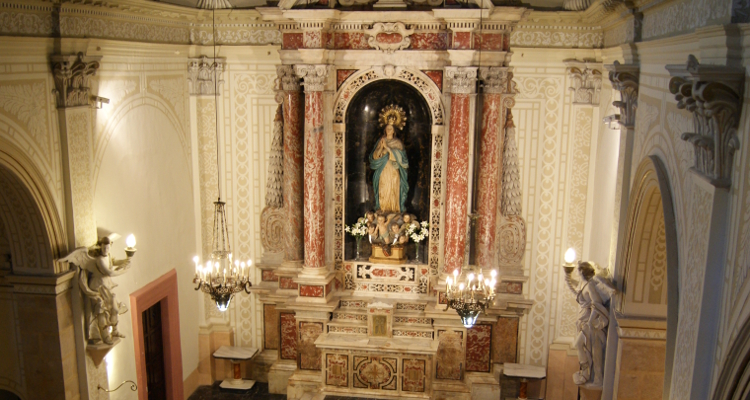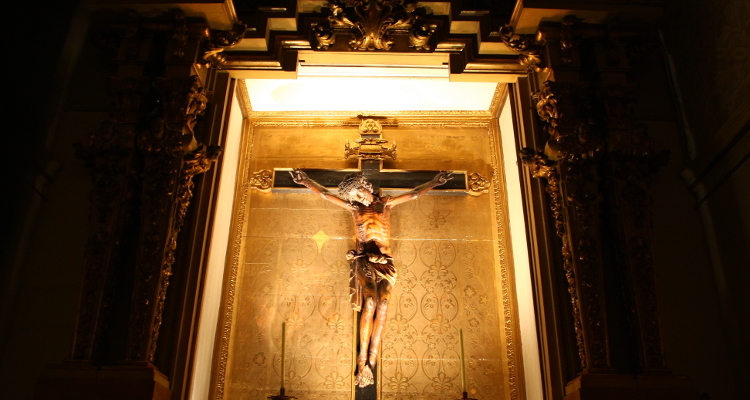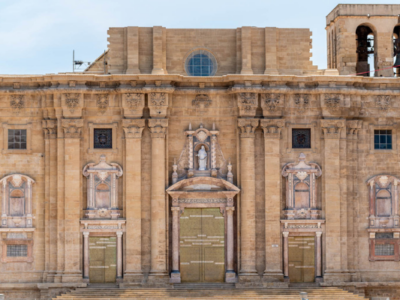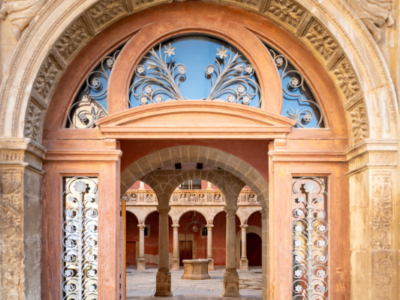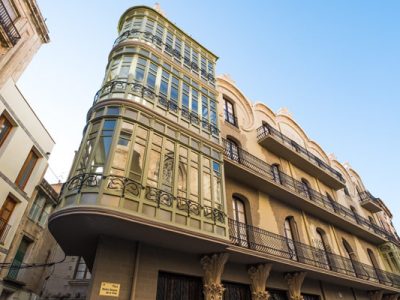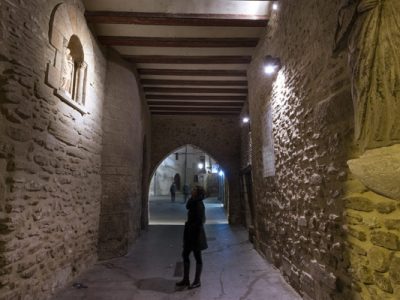Description
This monastery, active until a few decades ago, arose thanks to the will of the Bishop of Tortosa Giovanni Battista Veschi. Of Neapolitan origin and fervent supporter of Felipe IV during the War of «Els Segadors», this bishop wanted to devote himself to the conception of the Virgin, a church and a feminine monastery. Thus was born the convent and the Church of the Immaculate Comception Victoria, which adopted this last name in honor of the triumph over the French troops who besieged Tortosa in April 1642.
The interior of hte temple is presented as one of the finest examples of 17th century churches in Catalonia. Its interior contains first class artistic elements, many of them coming from Italy. Although during the Civil war the church was burned and suffered serious damage, today still retains very important pieces.
The high altar, unique in Catalonia, represents a great work of embedding marbles. Commissioned to Genoa by bishop Vechi, the pieces are of white Carrara marble, Genoa Black, Jasper of Tortosa and red marble of Lenguadoc. The Bishop also commissioned his own mausoleum inside the temple, which follows the lines of the main altar and stands out for the reddish tones of tis size. The two large side oil paintings by the Neapolitan painter Francesco Paterno da Buccino (1655) are also valuable.
The church guards an image of true size of the Holy Crist, carved in the year 1635 by the the Italian sculptor and religious Humili da Petralia. The realism of this baroque sculpture makes it an artistically highly valued piece and awakens, among inhabitants of Tortosa, a great devotion. The face shows an intense agony, while the body, with a great detail, equals this suffering. The ripped flesh of the Christ is achieved with parchment and the large volumes of sproutingblood were worked with resin wax or melted glass.
